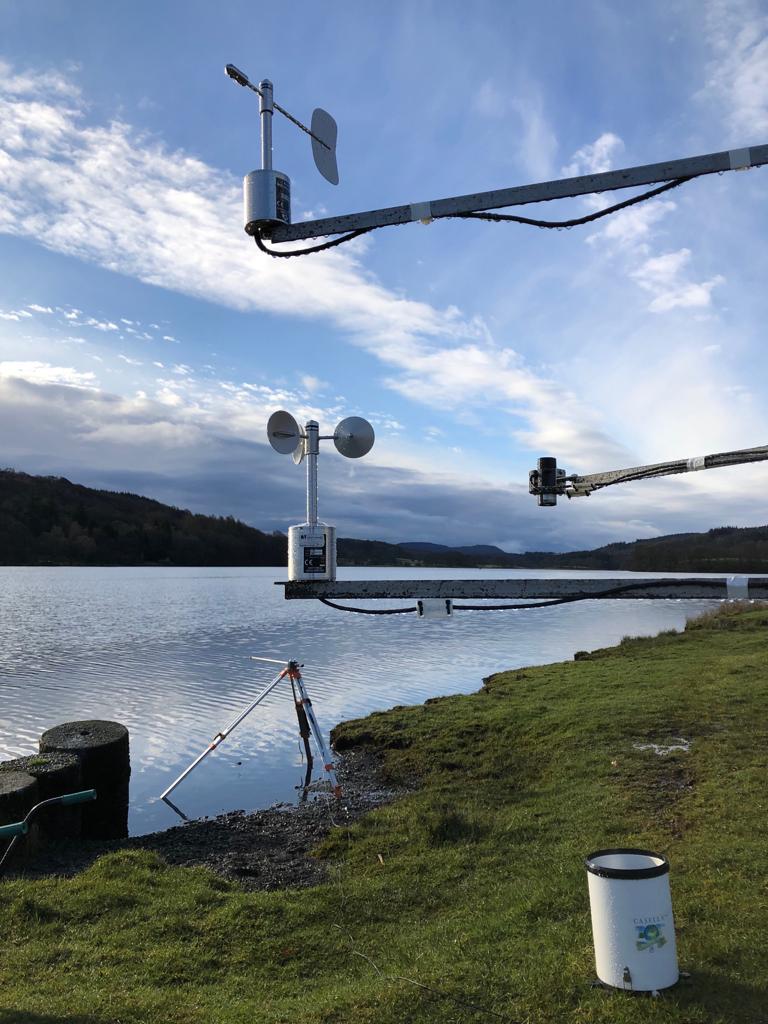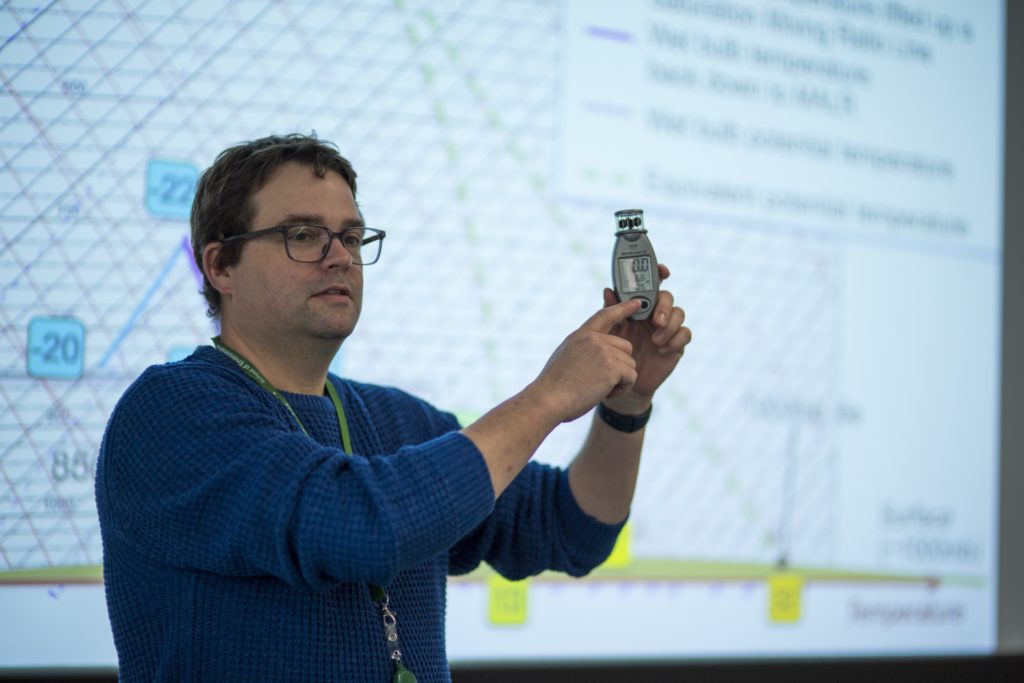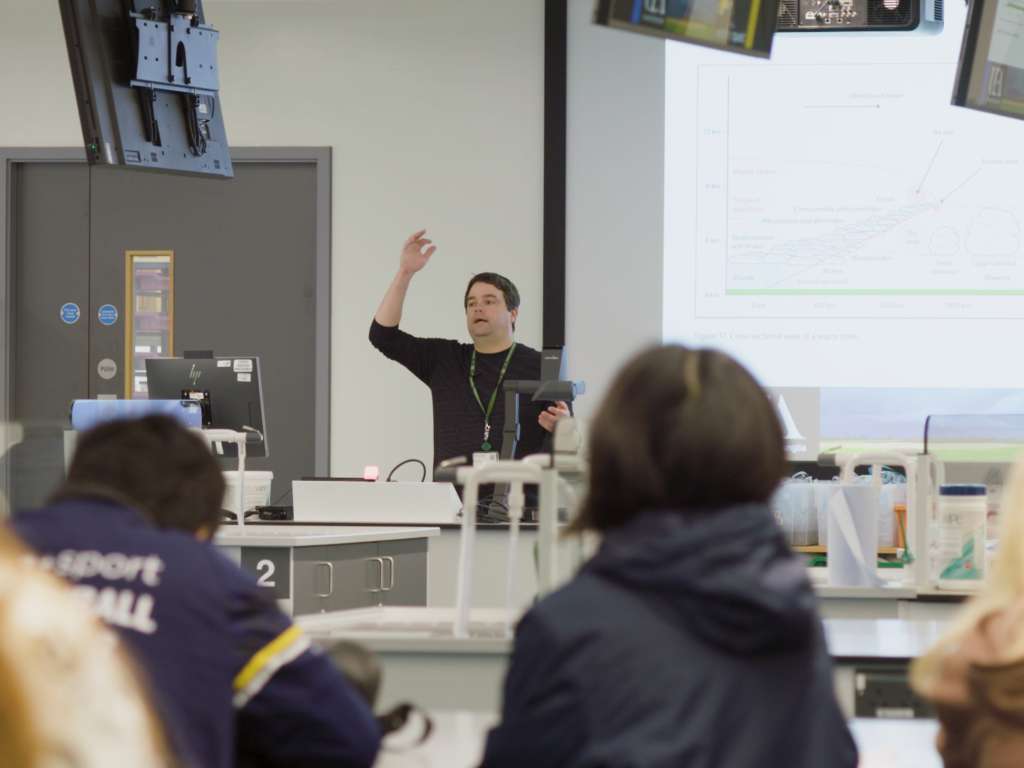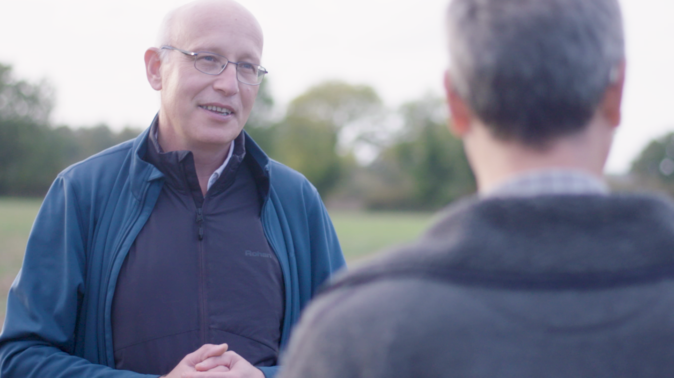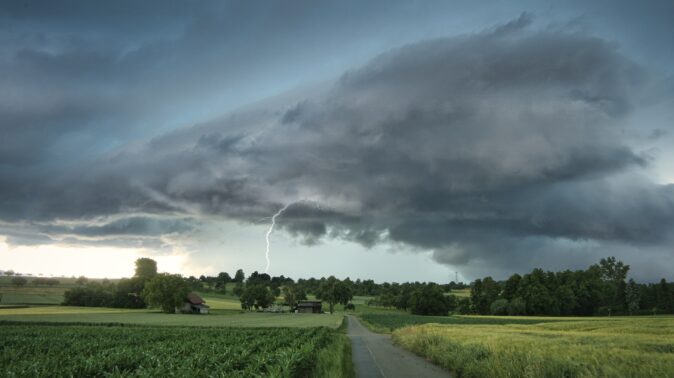UEA students head off to the Lake District!
WeatherQuest has always had very strong links to the University of East Anglia and the School of Environmental Sciences (Env). Not only are we located on campus, many of our past and present employees are Env graduates and some are current members of the faculty, a lecturer and researcher. One such faculty member is our very own Chris Bell (CCO), who leads a module in Applied Meteorology for second year students. As part of the module, every year in mid-Spring Chris and the enrolled students embark on a week-long field course to the Lake District, with the main focus being the micro- and macro-meteorology of the area and Cumbria respectively.
At the beginning of the week, the students record what the computer forecasts are for the synoptic situation over Cumbria for the week, taking note of any changes and the general weather for each day (max and min temps and wind speeds etc). They then erect a weather mast in a location carefully chosen for its interesting micro-meteorology (e.g. downwind of a hill). This mast has an array of meteorological equipment attached, including solarimeters, wind vanes, anemometers and thermometers, with their measurements all being logged and recorded.
Throughout the rest of the week the students complete different meteorological activities, ranging from manual weather data collection (using hygrometers and anemometers), cloud observation exercises, launching a weather balloon, drone flying and met office station or other site visits. This year, it is planned that the site visit will be a walking tour of Keswick with the Environment Agency, talking about flooding and its impacts in the area. As the lake district is one of the wettest areas in the UK, flooding is a major issue in the national park and those who live in it. At the end of each day, the students then take part in a weather briefing, whereby they look at the current synoptic situation, forecast models and any weather warnings to create a presentation that they present to the rest of the cohort.
At the end of the week, the students collate the synoptic data from the week along with their logged weather mast micro-meteorology data in preparation for their assessments following the trip. Then on the final evening before heading home the next day, they take a well needed trip to the local pub, rounding the whole week off.
When home, the students then spend time completing their assessment. The first part involves comparing how well the forecasts at the beginning of the week matched the synoptic change experienced. They can then use this information to help with the second part, exploring how the micro-meteorology changed throughout the same period. They do this by completing complex calculations from the weather mast measurements, finding variables such as turbulence, sensible and latent heat flux and net radiation. They then relate this micro-meteorology to the synoptic changes (e.g. a cold front pushed through the lake district, causing the temperatures to drop along with a reduction in solar radiation).
Not only is this trip incredibly fun and informative for the students, but it also does help prepare them for a job in the world of occupational meteorology, which is very beneficial. Chris is looking forward to this year’s trip, with his fingers crossed for some interesting weather to occur!

